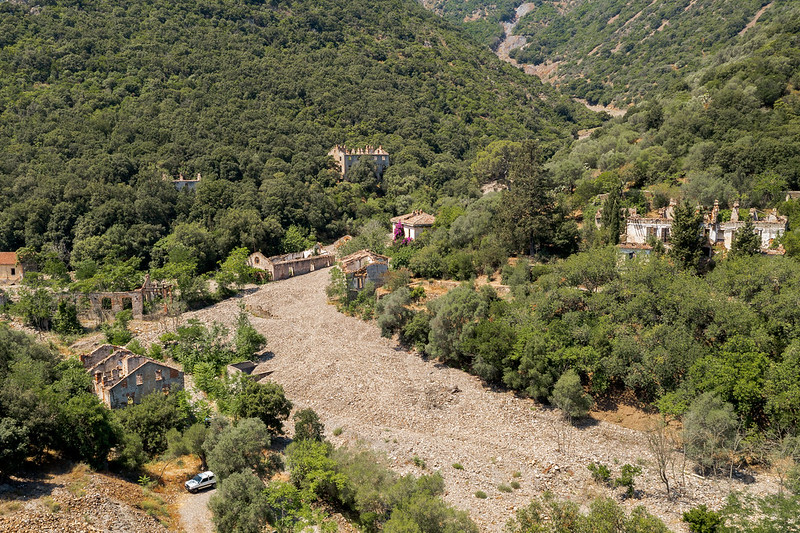
Miniera di Monte Narba #01
Only ruins are left today. What you see are the eerie remains of a once thriving mining town. People from all over came here for work, and to search the mountains for veins of silver. But their prosperity was doomed to end, and their homes were built to be swallowed. In June 2021, we traveled to Sardinia, Italy's second-largest island, to explore locations off the beaten track.
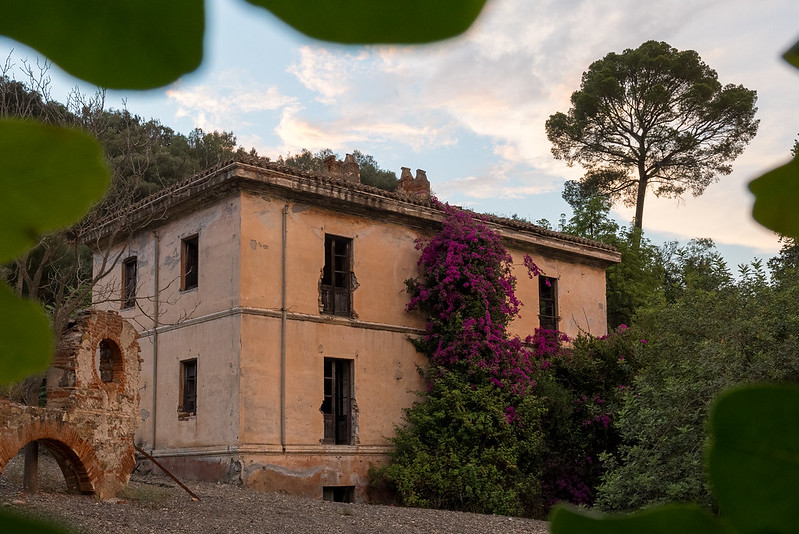
Miniera di Monte Narba #09
Camping by the ruins, with a bonfire to keep us warm, and tasty dinner to keep us fed. Tomorrow, we set out to learn the story of this place - but tonight, we enjoy the ambiance.
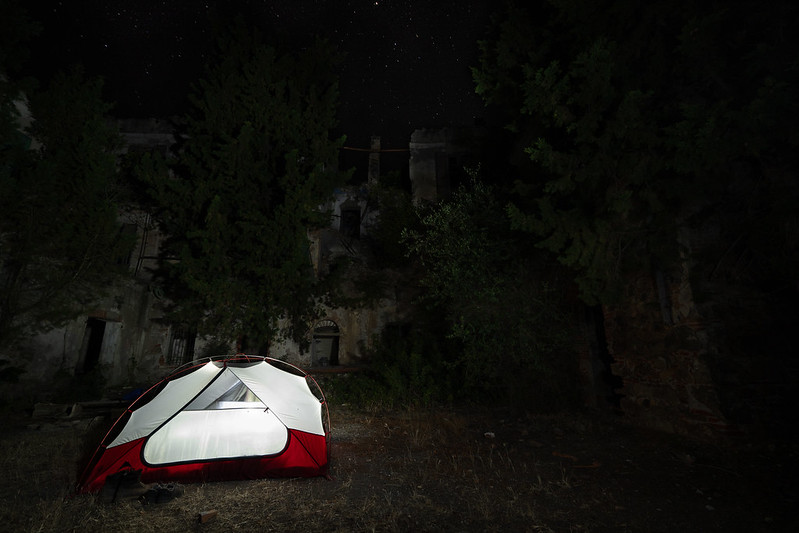
Miniera di Monte Narba #10
From the second half of the nineteenth century, people were digging in these ranges. They were looking for lead but also silver. About ten mining sites made up this so-called silver trail. Today, only ruins are left - so, it is hard to imagine, but this used to be a very modern town back in the day. They had power, a telephone line, a hospital, several workshops, and so on. Given that this place was built in the mid-1800s, all of this can be seen as a real luxury. From that time, only the foundation walls remain today. The structures still standing are in critical condition and close to collapse.
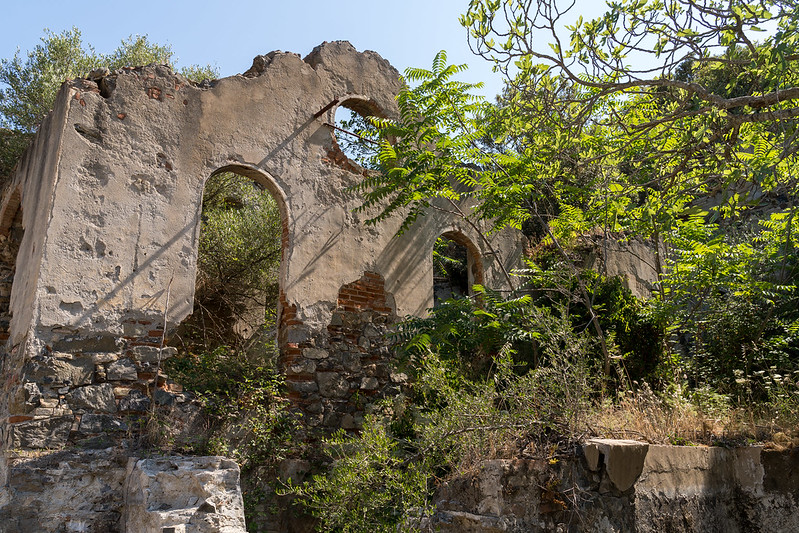
Miniera di Monte Narba #17
This mining town was built in the 1860s, and at one point, it was home to 900 miners from all over the island. Since ancient times, Sardinia's underground was known for its lead and silver deposits. Romans started mining the island to have supplies for construction, or they used the silver for minting their coins. But these natural resources are limited, so mining is always just a temporary process. Over time, veins were drying out, and digging for new deposits became more and more costly and less fertile. This was at the beginning of the 20th century when international competition lowered the price of silver. Due to economic losses, the mining company closed its operation in 1935. There was no work anymore and they were in the middle of nowhere, so the former mining center of the region then quickly became a ghost town. Only empty houses were left behind. What remains today is just ruins.
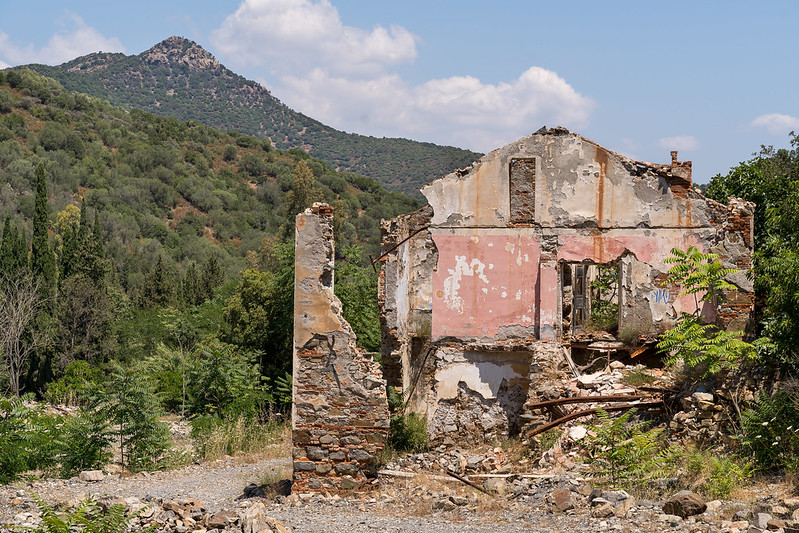
Miniera di Monte Narba #52
After the mining company left, this became a no-man's-land. In the following years, bandits, adventurists, or just desperate people came to try their luck in the abandoned tunnels. The miners before them left behind a massive underground system that stretches 18 kilometers on a dozen floors. These tunnels go 500 meters below ground level. And indeed, some lucky ones found chunks of silver - while others paid with their lives.
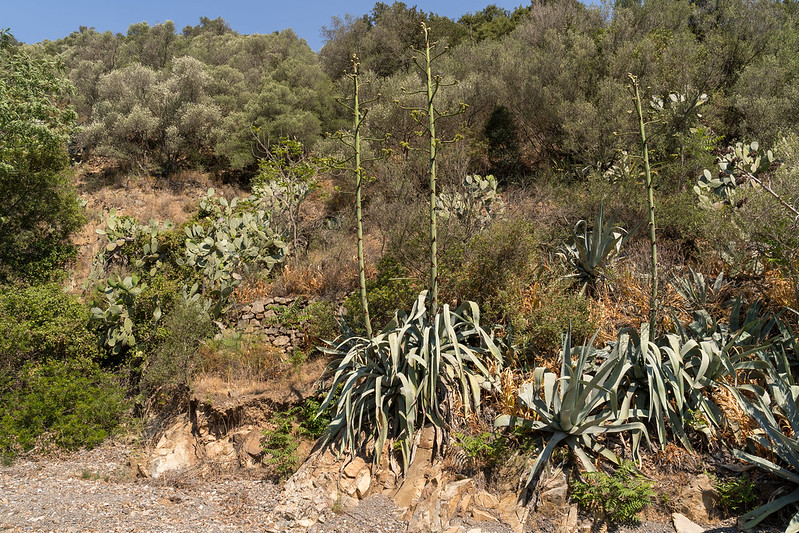
Miniera di Monte Narba #38
What was once taken by human hand, and owned for over a century, belongs now to flora and fauna again. In the absence of man, nature thrives. We are deeply impressed by the richness of species and lifeforms we come across by exploring the old mining town.
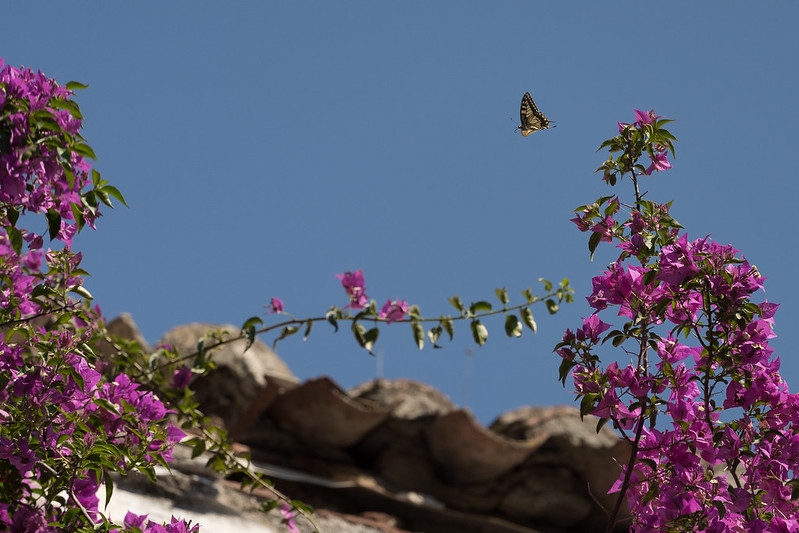
Miniera di Monte Narba #27
There are a couple dozen buildings stretched over several hundred meters in these mountains, and only one of them has stood the test of time so far: It is the old villa of the mining director. But here too, time left its marks - and still, you can get a glimpse of a bygone era. These ornamental paintings have a curious story: During World War One, a group of Austrian prisoners of war was brought to the mining town. One of them was a painter in his civilian life. During the term of imprisonment, he then decorated the technical offices with painted frescoes. Despite years of exposure to the elements, the art still retains its vibrant colors to this day.
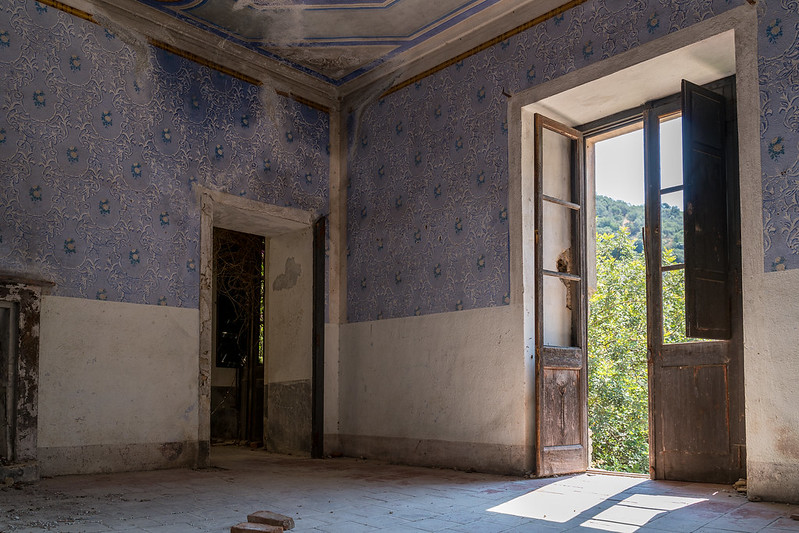
Miniera di Monte Narba #30
Surrounded by the mountain's peaceful silence, this mining village disappears more and more each year. At one point, people from all over the island came here to search for prosperity - and yet today, barely any Sardinians know this site anymore. Only the locals remember. On our trip to the hinterland, we just explored parts of the ghost town. There are many more structures hidden in the hills, together with the old mining tunnels. Luckily, we met some locals who showed us around and shared stories about this place you would never find on the internet. And yet, this is just one of the many remote areas of the island...
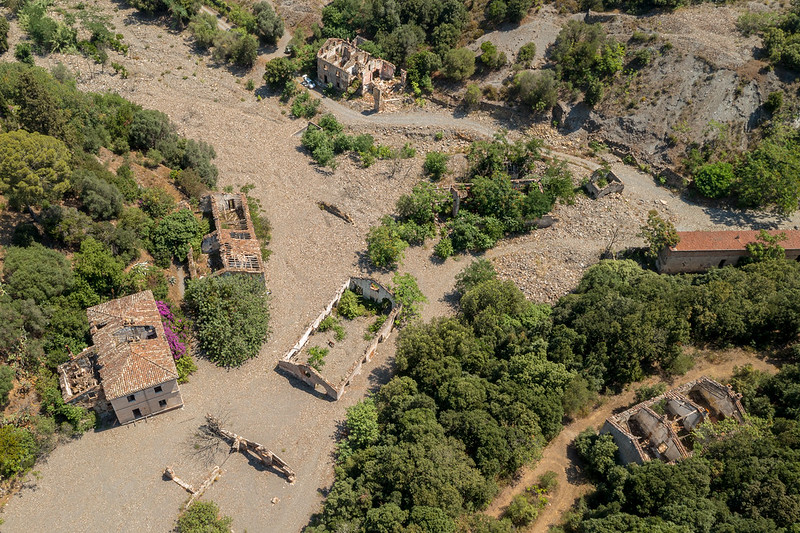
Miniera di Monte Narba #02
Join us on our journey to Sardinia in this urbex video on YouTube:



